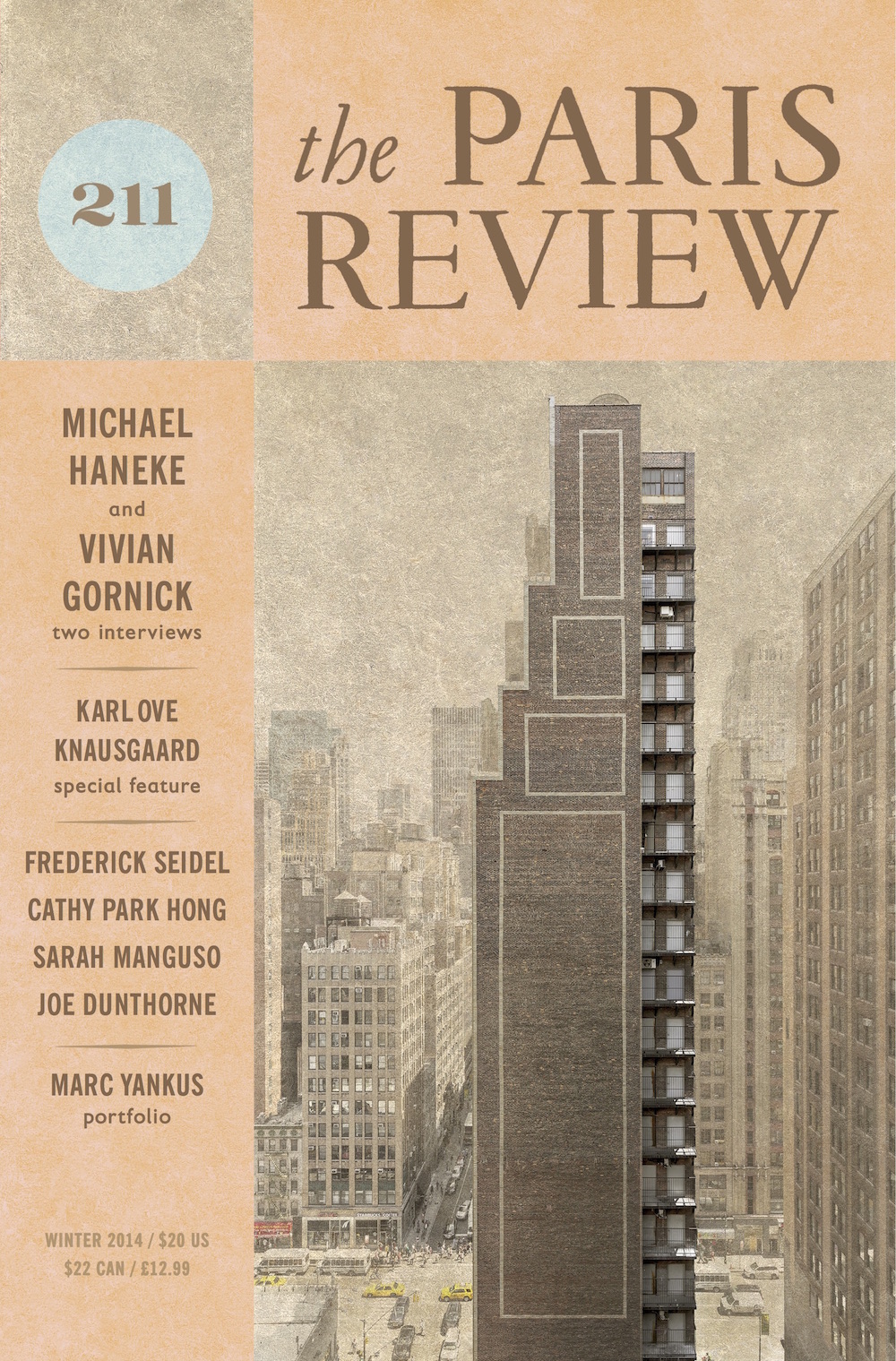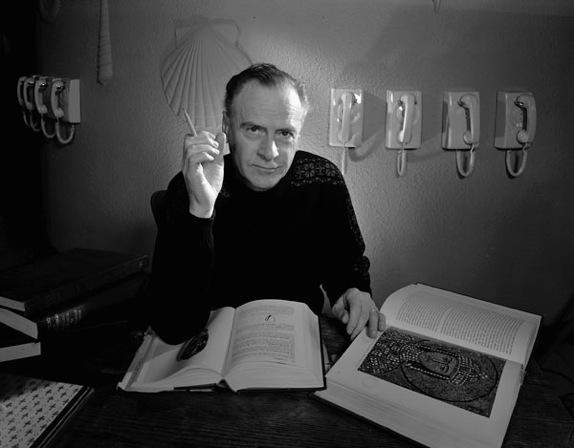016 ArchivesJames Webb Space Telescope peers at some of the most distant galaxies in the universe. Now, it's looked into ours.
Astronomers turned Webb — the most powerful observatory in space — to a portion of the Milky Way's core, capturing extreme ongoings and vigorous star formation in unprecedented detail. Unlike the Hubble telescope, which largely views visible light, Webb views a type of light called infrared. These longer wavelengths penetrate thick clouds of cosmic gas, affording never-before-seen cosmic imagery.
"There’s never been any infrared data on this region with the level of resolution and sensitivity we get with Webb, so we are seeing lots of features here for the first time," Samuel Crowe, an undergraduate student at the University of Virginia in Charlottesville who led the imaging project, said in a statement. "Webb reveals an incredible amount of detail, allowing us to study star formation in this sort of environment in a way that wasn’t possible previously."
SEE ALSO: You've got to see Webb telescope's eerie view of the Crab NebulaThis galactic area is dubbed Sagittarius C (Sgr C), a region that's home to intense star formation and located some 25,000 light-years beyond Earth, which is relatively close in cosmic terms. For reference, one light-year equals 5.88 trillion miles. Here's what you're seeing in the image captured by the Webb telescope's NIRCam (Near-Infrared Camera) instrument (the second image is labeled).
- Half a million stars: "An estimated 500,000 stars shine in this image of the Sagittarius C (Sgr C) region, along with some as-yet-unidentified features," NASA explained.
- Cluster of protostars:At the center-left is a bright pink amorphous shape. This is a group of protostars, which are growing stars. "At the heart of this young cluster is a previously known, massive protostar over 30 times the mass of our Sun," the space agency noted. "The cloud the protostars are emerging from is so dense that the light from stars behind it cannot reach Webb, making it appear less crowded when in fact it is one of the most densely packed areas of the image."
- Vast region of chaotic gas: The expansive region (some 25 light-years across) colored cyan is a type of hydrogen gas "containing needle-like structures that lack any uniform orientation," NASA said. A future research question is investigating what drove the formation of this vast gaseous cloud.
 A star-filled region of space near the core of the Milky Way galaxy. Credit: NASA / ESA / CSA / STScI / Samuel Crowe (UVA)
A star-filled region of space near the core of the Milky Way galaxy. Credit: NASA / ESA / CSA / STScI / Samuel Crowe (UVA)  Labeled portions of the Webb telescope's view of the Sagittarius C region of the Milky Way. Credit: NASA / ESA / CSA / STScI / Samuel Crowe (UVA)
Labeled portions of the Webb telescope's view of the Sagittarius C region of the Milky Way. Credit: NASA / ESA / CSA / STScI / Samuel Crowe (UVA) A momentous feature of the Milky Way galaxy's core is not featured here. At the center of most galaxies lies a supermassive black hole (an object so dense and gravitationally powerful that not even light can escape its grasp), and at the core of the Milky Way lies Sagittarius A*. It has the mass of some 4 million suns, though black holes can be much, much more massive.
The Webb telescope — a scientific collaboration between NASA, the ESA, and the Canadian Space Agency — is designed to peer into the deepest cosmos and reveal new insights about the early universe. But it's also peering at intriguing planets in our galaxy, along with the planets and moons in our solar system.
Want more scienceand tech news delivered straight to your inbox? Sign up for Mashable's Light Speed newslettertoday.
Here's how Webb is achieving unparalleled feats, and likely will for decades:
- Giant mirror: Webb's mirror, which captures light, is over 21 feet across. That's over two and a half times larger than the Hubble Space Telescope's mirror. Capturing more light allows Webb to see more distant, ancient objects. As described above, the telescope is peering at stars and galaxies that formed over 13 billion years ago, just a few hundred million years after the Big Bang.
"We're going to see the very first stars and galaxies that ever formed," Jean Creighton, an astronomer and the director of the Manfred Olson Planetarium at the University of Wisconsin–Milwaukee, told Mashable in 2021.
- Infrared view: Unlike Hubble, which largely views light that's visible to us, Webb is primarily an infrared telescope, meaning it views light in the infrared spectrum. This allows us to see far more of the universe. Infrared has longer wavelengths than visible light, so the light waves more efficiently slip through cosmic clouds; the light doesn't as often collide with and get scattered by these densely packed particles. Ultimately, Webb's infrared eyesight can penetrate places Hubble can't.
"It lifts the veil," said Creighton.
- Peering into distant exoplanets: The Webb telescope carries specialized equipment called spectrographsthat will revolutionize our understanding of these far-off worlds. The instruments can decipher what molecules (such as water, carbon dioxide, and methane) exist in the atmospheres of distant exoplanets — be they gas giants or smaller rocky worlds. Webb will look at exoplanets in the Milky Way galaxy. Who knows what we'll find?
"We might learn things we never thought about," Mercedes López-Morales, an exoplanet researcher and astrophysicist at the Center for Astrophysics-Harvard & Smithsonian, told Mashable in 2021.
Already, astronomers have successfully found intriguing chemical reactions on a planet 700 light-years away, and as described above, the observatory has started looking at one of the most anticipated places in the cosmos: the rocky, Earth-sized planets of the TRAPPIST solar system.
 An artist's conception of the James Webb Space Telescope orbiting the sun 1 million miles from Earth. Credit: NASA GSFC / CIL / Adriana Manrique Gutierrez
An artist's conception of the James Webb Space Telescope orbiting the sun 1 million miles from Earth. Credit: NASA GSFC / CIL / Adriana Manrique Gutierrez Previous:It All Comes down to Real Estate
Next:The Dog Delusion
 American Mirage
American Mirage
 Sonos Move 2 has stereo sound and an all
Sonos Move 2 has stereo sound and an all
 Learn More About the Cover of Issue 211
Learn More About the Cover of Issue 211
 Best ‘Starfield’ traits and backgrounds to pick
Best ‘Starfield’ traits and backgrounds to pick
 Underwriters of the World, Ideate!
Underwriters of the World, Ideate!
 All the President’s Turkeys by Dan Piepenbring
All the President’s Turkeys by Dan Piepenbring
 Wife or Gallows?
Wife or Gallows?
 'Quordle' today: See each 'Quordle' answer and hints for September 7, 2023
'Quordle' today: See each 'Quordle' answer and hints for September 7, 2023
 No Is Not Enough: Naomi Klein on Looking Beyond Trump
No Is Not Enough: Naomi Klein on Looking Beyond Trump
 The Morning News Roundup for November 21, 2014
The Morning News Roundup for November 21, 2014
 Alabama, Shaken
Alabama, Shaken
 Inside the World’s Worst
Inside the World’s Worst
 I tried the viral TikTok adjustable buttons and they actually work pretty well
I tried the viral TikTok adjustable buttons and they actually work pretty well
 Wordle today: Here's the answer and hints for September 7
Wordle today: Here's the answer and hints for September 7
 Echoes of 1968
Echoes of 1968
 Polestar's new electric car will have a smartphone to match
Polestar's new electric car will have a smartphone to match
 Duolingo is adding music lessons to the syllabus
Duolingo is adding music lessons to the syllabus
 Douglas Coupland on Marshall McLuhan by James Atlas
Douglas Coupland on Marshall McLuhan by James Atlas
 The Great Lakes Avengers vs. The Crumbling Cities of the Coast
The Great Lakes Avengers vs. The Crumbling Cities of the Coast
 The Morning News Roundup for December 1, 2014
The Morning News Roundup for December 1, 2014
Bitcoin whitepaper is gone from Apple's latest macOS betaBitcoin whitepaper is gone from Apple's latest macOS betaYelp adds AIBelle Delphine, known for selling 'gamer girl bathwater,' is backNearly 25,000 Twitter users pay to subscribe to Elon Musk's exclusive tweetsApple AI health coach plans: What we know so far.The Beach Towel: Now for Sale! by The Paris ReviewAdvice to Our Scottish Readers by Lorin Stein and John Jeremiah SullivanBelle Delphine, known for selling 'gamer girl bathwater,' is backTexas Forever by Adam WilsonTwo Poems: 'The Crew Change' and 'Rice in the Spoon' by Don ShareNew meme has some great ideas for what to put up instead of Christopher Columbus statuesViral TikTok comments showcase zoomers expertly dunking on millennialsPoem: Episode by Jennifer Michael Hecht'Succession' Season 4, episode 5: The GoJo deal explained'Quordle' today: See each 'Quordle' answer and hints for April 27'Shadowbanned' tweets are now officially labeled on TwitterLi Bing Bing at High Tea by Claudine KoPoem: Remembering the Children of First Marriages by Lucy Tunstall'Quordle' today: See each 'Quordle' answer and hints for April 27 Here's our first look at new Philip in 'The Crown' Sia met Donald Trump on 'SNL,' and her story comes with a crappy twist YouTube will now tell you how much of your life you spend watching videos 'Sharp Objects' shows why women hurt themselves, and each other Trump's anti Use this interactive foliage map to plan your fall road trips Celebrities tweet solidarity in the wake of the #AltonSterling and #PhilandoCastile shootings Here's how to get verified on Instagram Sacha Baron Cohen's 'Who Is America' cut the Sarah Palin interview Emily Ratajkowski saddles up for a nude horse ride, instantly tramples Piers Morgan Lena Headey is plotting Cersei's death just everyone else in Westeros This tweet about Taylor Swift's vagina isn't just bizarre, it's medically incorrect Crazy painful hammer throw reminds us why safety always comes first Poet slams white privilege, police violence in viral Facebook video Earth is the warmest it's been in about 120,000 years Don't miss the 'Sharp Objects' spooky post All the Disney responses to Trump's 'Frozen' tweet prove he should just let it go Waymo's self Chipotle's touching short film is its first major ad campaign since health scare Sad Ryan Reynolds does not look ready to live in Hiddleswift's America
1.9447s , 10155.671875 kb
Copyright © 2025 Powered by 【2016 Archives】,Information Information Network